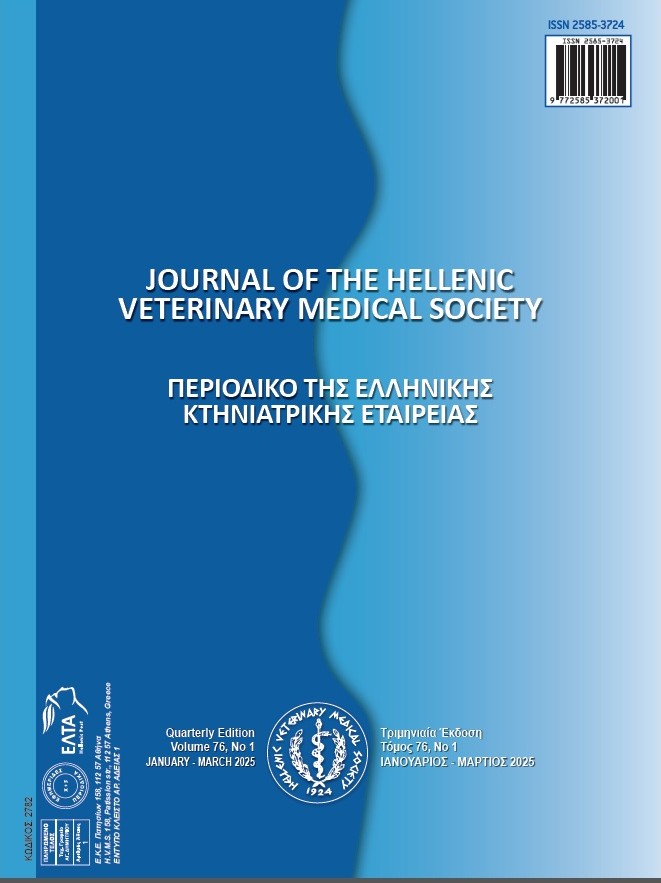Mast Cell and VEGF Profile in Canine Soft Tissue Tumors

Аннотация
Canine soft tissue sarcomas are a complex group that is difficult to treat with high invasion and metastasis characteristics. These tumors are divided into a wide variety of subtypes, but due to their general mesenchymal characteristics and morphological similarities, they are under a single group called soft tissue tumors together with benign ones. Tumor microenvironment including mast cells promotes tumor angiogenesis, proliferation, invasion, and metastasis, as well as mediating the mechanism of therapeutic resistance. In this study, the presence and relationships of mast cells with VEGF in benign and malignant soft tissue tumors were evaluated. As a result, mast cells showed a significant increase in malignant tumors compared to benign ones. In the VEGF analyzes performed for interpreting of angiogenesis, the immunostaining scores were also higher in malignant tumors. To the authors' knowledge, there is no previous study investigating mast cells and angiogenesis in canine soft tissue tumors. This study revealed that mast cell and VEGF scores are higher in malignant tumors compared to benign ones and can be considered as a prognostic marker. However, any correlation between mast cells and VEGF immune expressions could not be detected.
Article Details
- Как цитировать
-
Ipek, V., & Kaplan, O. (2023). Mast Cell and VEGF Profile in Canine Soft Tissue Tumors. Journal of the Hellenic Veterinary Medical Society, 74(2), 5717–5724. https://doi.org/10.12681/jhvms.30129 (Original work published 5 июль 2023 г.)
- Выпуск
- Том 74 № 2 (2023)
- Раздел
- Research Articles

Это произведение доступно по лицензии Creative Commons «Attribution-NonCommercial» («Атрибуция — Некоммерческое использование») 4.0 Всемирная.
Authors who publish with this journal agree to the following terms:
· Authors retain copyright and grant the journal right of first publication with the work simultaneously licensed under a Creative Commons Attribution Non-Commercial License that allows others to share the work with an acknowledgement of the work's authorship and initial publication in this journal.
· Authors are able to enter into separate, additional contractual arrangements for the non-exclusive distribution of the journal's published version of the work (e.g. post it to an institutional repository or publish it in a book), with an acknowledgement of its initial publication in this journal.
· Authors are permitted and encouraged to post their work online (preferably in institutional repositories or on their website) prior to and during the submission process, as it can lead to productive exchanges, as well as earlier and greater citation of published work.



